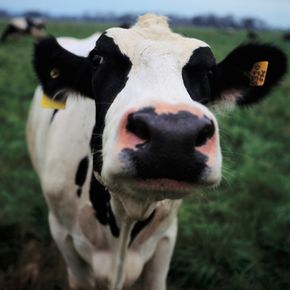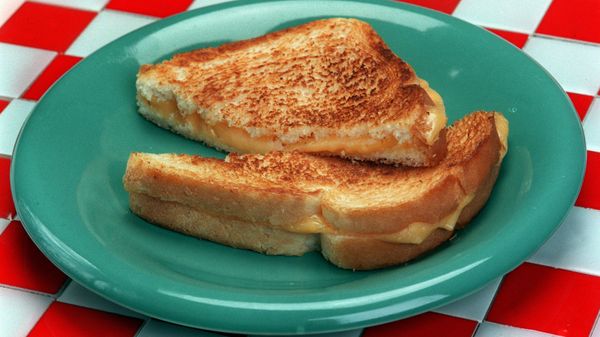Are you a cheese fanatic? Here are some interesting facts about this popular dairy product that might surprise you.
Archaeological surveys show that cheese was being made from the milk of cows and goats in Mesopotamia before 6000 B.C.
Advertisement
Travelers from Asia are thought to have brought the art of cheese making to Europe, where the process was adapted and improved in European monasteries.
The Pilgrims included cheese in their supplies onboard the Mayflower in 1620.
The world's largest consumers of cheese include Greece (63 pounds per person each year), France (54 pounds), Iceland (53 pounds), Germany (48 pounds), Italy (44 pounds), the Netherlands (40 pounds), the United States (31 pounds), Australia (27 pounds), and Canada (26 pounds).
The United States produces more than 25 percent of the world's supply of cheese, approximately 9 billion pounds per year.
The only cheeses native to the United States are American, jack, brick, and colby. All other types are modeled after cheeses brought to the country by European settlers.
The top five cheese producers in the United States are Wisconsin (more than 2.4 billion pounds annually), California (2.1 billion pounds), Idaho (770.6 million pounds), New York (666.8 million pounds), and Minnesota (629.3 million pounds). These states account for 72 percent of the country's cheese production.
Processed American cheese was developed in 1915 by J. L. Kraft (founder of Kraft Foods) as an alternative to the traditional cheeses that had a short shelf life.
Pizza Hut uses about 300 million pounds of cheese per year. Find more curious cheese facts on the next page.
Advertisement



